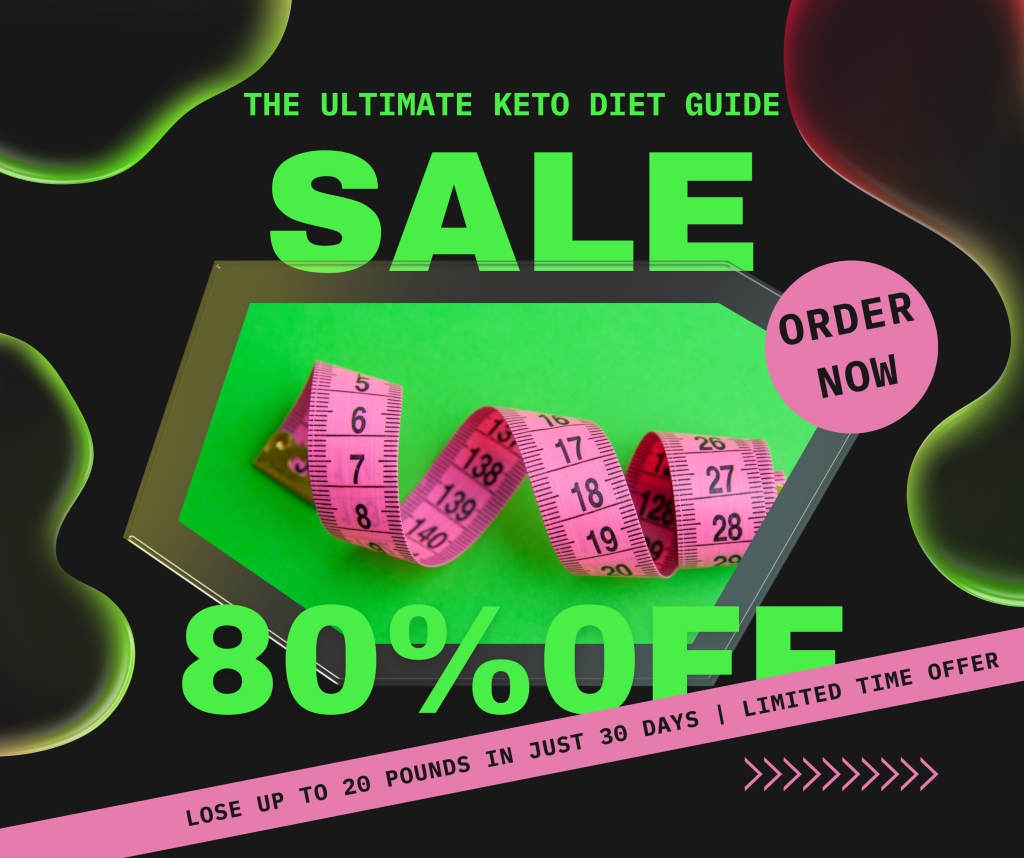The ketogenic diet, or keto for short, has gained immense popularity as a weight loss strategy and lifestyle choice. At its core, the keto diet revolves around the manipulation of macronutrients—carbohydrates, proteins, and fats. This article aims to break down the fundamentals of the keto diet, focusing on macronutrients and how to effectively fill your plate while adhering to keto principles.
What is Keto?
The ketogenic diet is characterized by a significant reduction in carbohydrate intake while increasing fat consumption. This shift forces the body into a metabolic state known as ketosis, where it becomes highly efficient at burning fat for energy, rather than relying on glucose derived from carbohydrates.
The Ketogenic Macros
The success of the keto diet largely hinges on understanding and adhering to specific macronutrient ratios:
-
Fats (70-80%):
- The majority of your daily caloric intake comes from fats. Healthy fats are crucial for your body to enter ketosis. Focus on:
- Avocado
- Nuts and seeds
- Olive oil and coconut oil
- Fatty fish like salmon
- The majority of your daily caloric intake comes from fats. Healthy fats are crucial for your body to enter ketosis. Focus on:
-
Proteins (15-25%):
- While protein is essential for muscle maintenance and satiety, its intake should be moderate on a keto diet. High protein intake can kick you out of ketosis.
- Choose high-quality sources such as:
- Grass-fed beef
- Poultry
- Eggs
- Low-carb dairy products
- While protein is essential for muscle maintenance and satiety, its intake should be moderate on a keto diet. High protein intake can kick you out of ketosis.
- Carbohydrates (5-10%):
- Carbohydrate intake should be minimized, typically to 20-50 grams per day. Emphasize low-carb vegetables and avoid sugar and processed carbs:
- Leafy greens (spinach, kale)
- Cruciferous vegetables (broccoli, cauliflower)
- Zucchini, bell peppers, and asparagus
- Carbohydrate intake should be minimized, typically to 20-50 grams per day. Emphasize low-carb vegetables and avoid sugar and processed carbs:
Understanding Your Plate
A typical keto plate looks quite different from a standard plate. Here’s how to build a keto-friendly meal:
Step 1: Load Up on Low-Carb Vegetables
Start with a generous serving of low-carb vegetables. They are nutrient-dense, providing vitamins and minerals while being low in carbohydrates. Aim for a variety of colors to maximize nutrient intake.
Step 2: Add Your Protein
Next, choose a protein source. Keep portions moderate to avoid excess protein that can be converted into glucose. Think about grilled chicken, baked salmon, or scrambled eggs mixed with vegetables.
Step 3: Drizzle on Healthy Fats
Incorporate healthy fats to complete your meal. Use olive oil for drizzling on salads, add avocado slices, or sprinkle some seeds or nuts on top. This step enhances flavor and helps keep you satiated.
Step 4: Monitor Portions and Macros
Be mindful of portion sizes to maintain the intended balance of macronutrients. Tools like macro tracking apps can be very helpful in keeping you on track.
Common Misconceptions
-
Keto is just a low-carb diet:
- While keto reduces carbs, it’s the high fat intake that induces ketosis. It’s a unique metabolic state, not just a variation of low-carb dieting.
-
You can’t eat fruits or vegetables:
- Though high-sugar fruits are often off-limits, numerous low-carb options are available. Similarly, many vegetables fit well within the carb limits of keto.
- Keto is unhealthy:
- When done correctly, a keto diet can be quite healthy. The focus on whole foods encourages nutrient-dense eating, although careful selection of fats is essential.
Conclusion
The ketogenic diet can be an effective way to manage weight and improve overall health when approached mindfully. Understanding the balance of macronutrients—fats, proteins, and carbohydrates—is key to filling your plate appropriately. By concentrating on whole, nutrient-rich foods, you can thrive on this popular diet while enjoying a diverse range of flavors and meals. Always remember, though, that individual needs can vary, so it’s wise to consult with a healthcare professional before making significant dietary changes.








